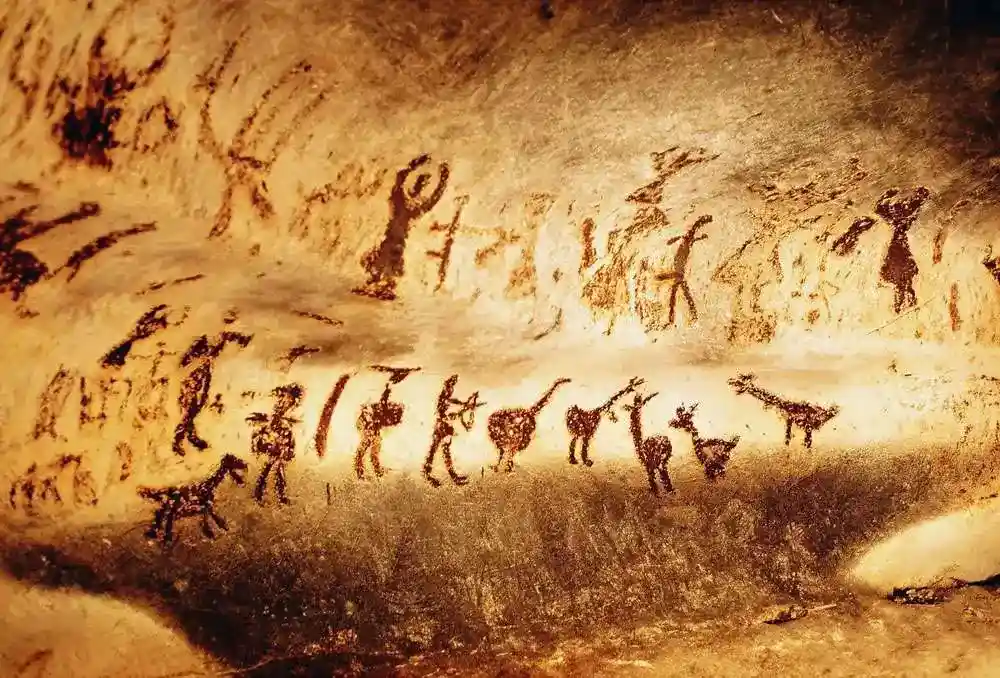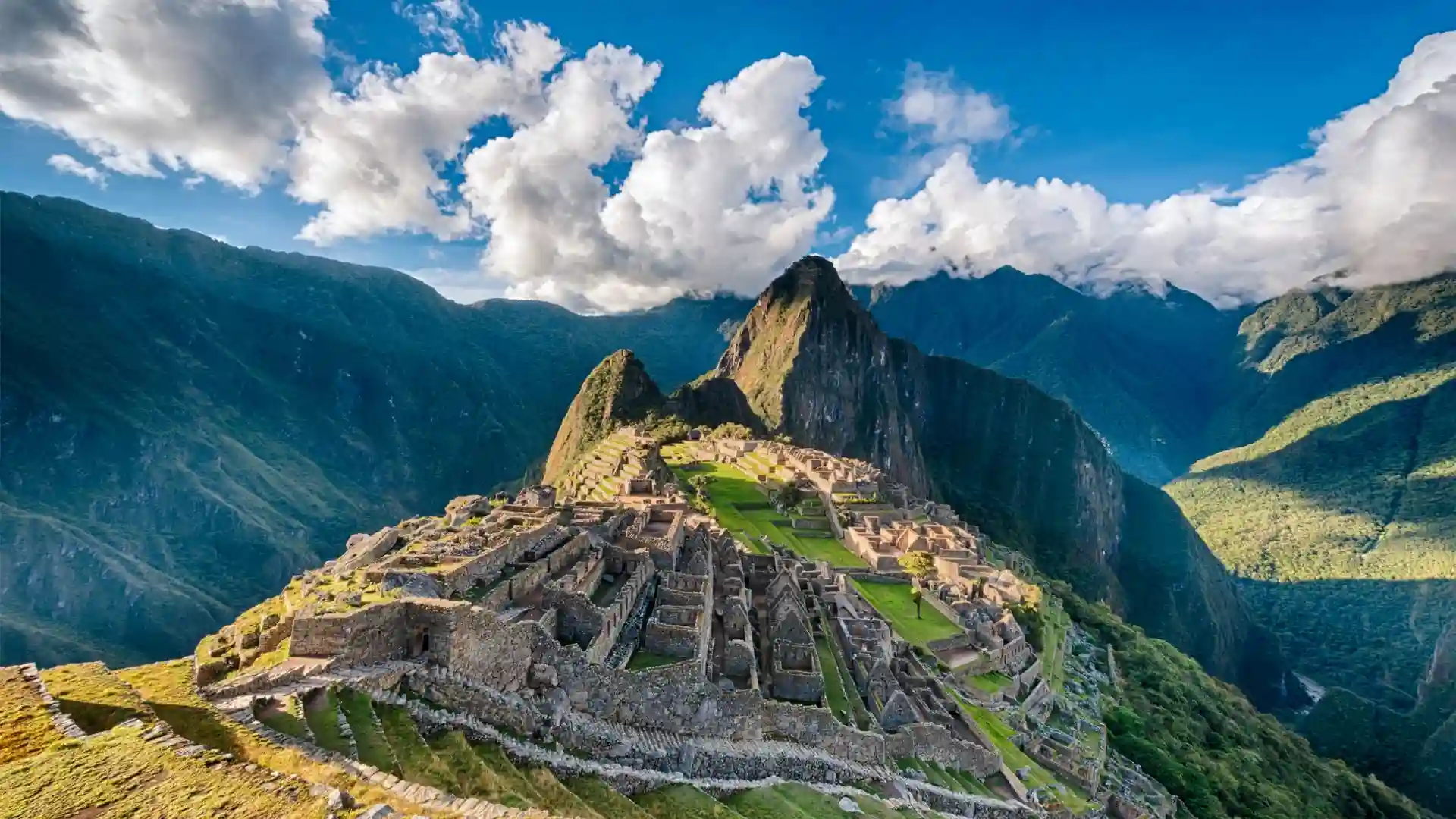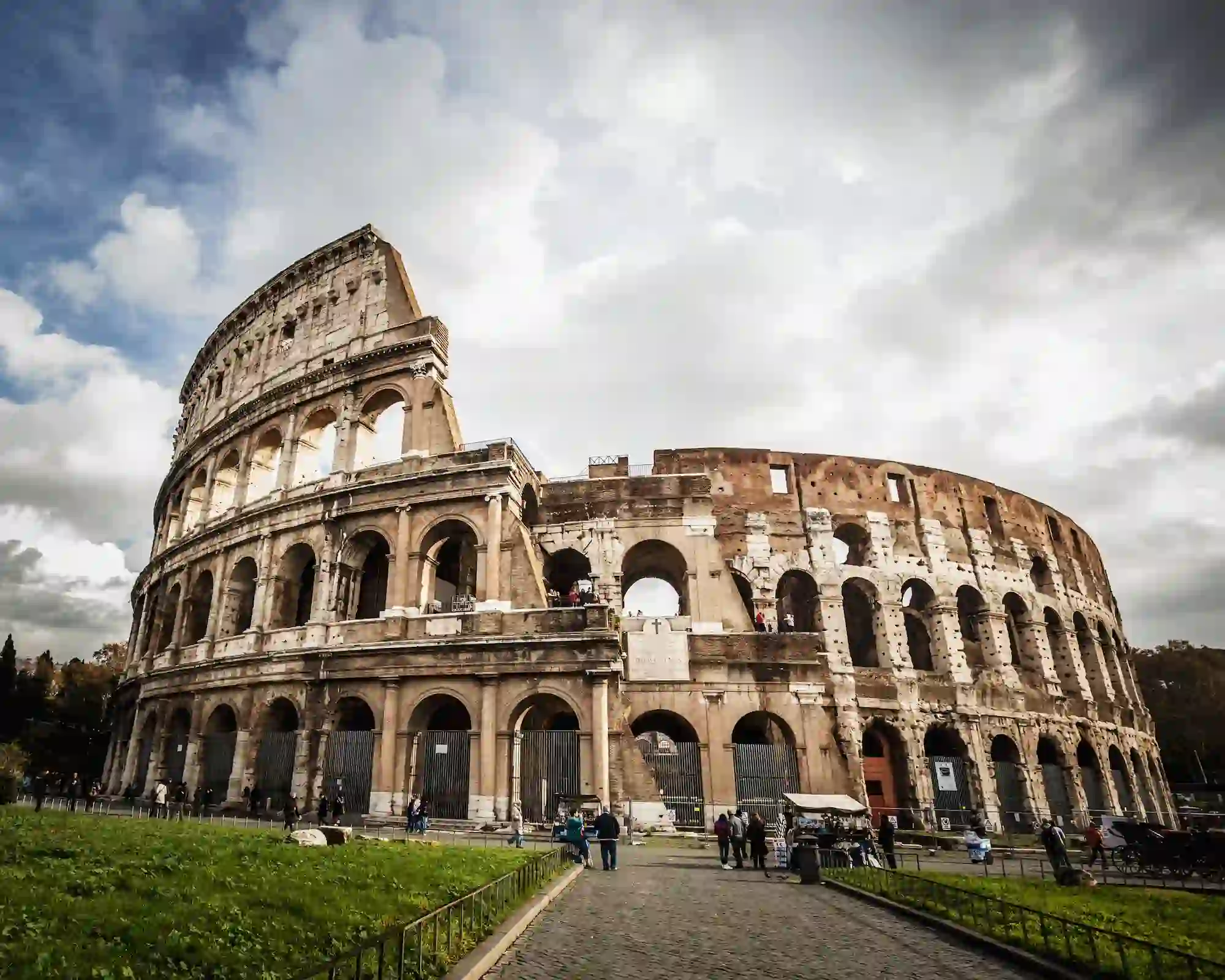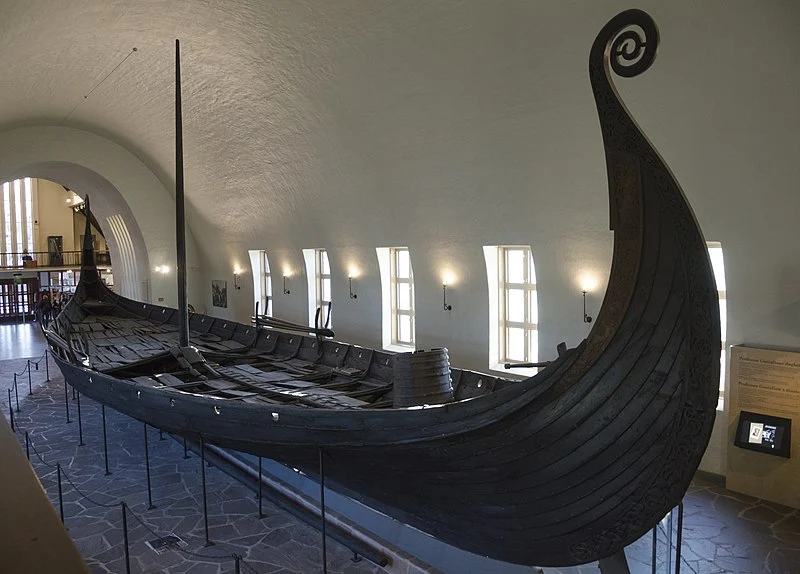Introduction: Since the dawn of human civilization, artistic expression has played a significant role in capturing the essence of human existence. Among the most intriguing forms of ancient art are cave paintings, which provide us with a mesmerizing glimpse into the lives and cultures of our ancestors. These intricate artworks, hidden deep within the recesses of caves, continue to intrigue and inspire us today. In this article, we will delve into the enigma of ancient cave paintings, examining their origins, significance, and the mysteries they hold.
- Origins of Ancient Cave Paintings: The origins of cave paintings date back tens of thousands of years, with some of the oldest known examples found in Europe, Africa, and Asia. These artworks were created during the Paleolithic era, also known as the Stone Age, when early humans roamed the Earth as hunter-gatherers. The cave environment provided a natural canvas for our ancestors to express their observations, beliefs, and rituals.
- Significance and Symbolism: Ancient cave paintings hold immense cultural and historical significance. They depict various subjects, including animals, human figures, and abstract patterns. Animals, in particular, are commonly depicted, suggesting a strong connection between early humans and the natural world. The paintings may have served as a form of communication, documenting hunting techniques, or serving as a spiritual conduit to connect with the animal spirits.
- Techniques and Materials: The techniques used by our ancient ancestors to create these cave paintings were both innovative and sophisticated. They utilized various pigments, such as minerals, charcoal, and plant extracts, mixed with binders like animal fat or saliva. Brushes made from animal hair, feathers, or plant fibers were employed to apply the pigments onto the cave walls. These techniques allowed for a range of colors and intricacy in the artwork.
- Preservation and Discovery: The preservation of ancient cave paintings is a testament to the endurance of human history. Many of these artworks were safeguarded from natural decay and human interference due to their location in secluded caves. The discovery of these paintings in modern times has been a thrilling adventure, often requiring explorers to venture deep into uncharted territories. Some notable sites include Lascaux in France, Altamira in Spain, and Chauvet-Pont-d’Arc in France.
- Unraveling the Mysteries: Despite extensive research, many mysteries surrounding ancient cave paintings remain unsolved. The purpose behind these artworks, the rituals associated with their creation, and the exact meanings of the symbols depicted continue to intrigue archaeologists and art historians. Some theories suggest that the paintings held religious or shamanic significance, while others propose they served as a form of storytelling or cultural documentation.
Conclusion: Ancient cave paintings offer us a captivating window into our ancestral past, allowing us to connect with the creativity and imagination of those who came before us. As we strive to unravel the mysteries they hold, these enigmatic artworks continue to ignite our curiosity and provide insights into the rich tapestry of human history. By preserving and studying these ancient masterpieces, we ensure that the artistic legacy of our ancestors remains alive and continues to inspire future generations.
![]()





